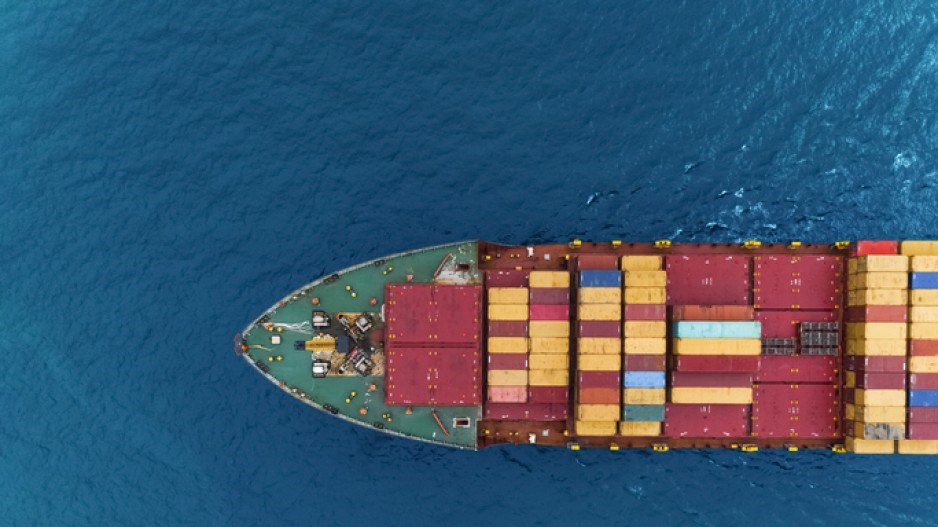Businesses expecting global supply chains to smooth out following the fall of shipping costs this summer – after almost a year of elevated prices – are in for a disappointment, experts say.
“My outlook is grim because there isn’t one thing that’s dominating all of this right now,” said Werner Antweiler, chair of international trade policy and associate professor at the University of British Columbia’s Sauder School of Business.
“There is a war in Europe, and that has had tremendous effects in rerouting international trade. You have supply bottlenecks as a result of the ripple effect from high energy costs. Plus, there’s a slackening of demand in China – where the housing sector crisis has affected what had been the one essential industry pulling along all the others. So there’s dampened demand and higher interest rates – and it will be a very challenging period.”
Ironically, record-high shipping container costs, one of the drivers of supply chain blockages earlier this year, have decreased as global demand has softened in the last few months. Data research firm S&P Global Market Intelligence said freight rates have plunged in the last three months. The Baltic Dry Index, an indicator of raw materials’ shipping costs, could drop by as much as 30 per cent until there is some recovery in 2024.
Data firm Statista said container costs reached a high of more than US$10,000 in September 2021 and stayed above US$8,000 between May 2021 and March 2022 – while costs had stayed below US$2,000 prior to the pandemic. In August, that same rate has dropped back to about US$6,000.
But while shipping costs are no longer at record levels, Russia’s invasion of Ukraine and its move to shut off natural gas exports to the European market have opened up new fronts in the battle to keep supply chains moving, Antweiler said.
He pointed to glass, as an example.
“It is produced involving a lot of heat that’s necessary to melt sand, and while there’s an energy shortage in Europe, there’s at the same time a huge demand in places like the Ukraine to repair broken windows. So that’s one example where there’s both a demand factor and a supply situation that’s conspiring to drive up prices, and it has global repercussions ... when you have not only the goods that contain glass but also use glass bottles/ jars to store.”
Another challenge, Antweiler noted, has been China. Beijing’s stringent “Zero-COVID” policy has seriously dented demand and production from the Chinese market and created shortages in a number of products produced (at least partially) in East Asia.
On top of these issues loom two more far-reaching ones: Inflation and climate change. For the latter, Antweiler pointed to a significant drought affecting the Rhine and Danube rivers, which are key shipping routes within Europe. The low water levels in the rivers severely crimped bulk commodities shipments throughout Europe during the summer.
Then there is inflation – where rising costs of living coincides with a number of labour actions, including a U.S. rail strike that was narrowly avoided after intervention from Washington – which may lead to further disruptions in the coming year.
“We can fully expect there will be more labour action,” Antweiler said. “How these labour actions play out will depend heavily on the characteristics of each industry – and whether or not we see some intervention from governments to find arbitration solutions, as we just saw in the United States.... But everyone’s caught in this.” ■




